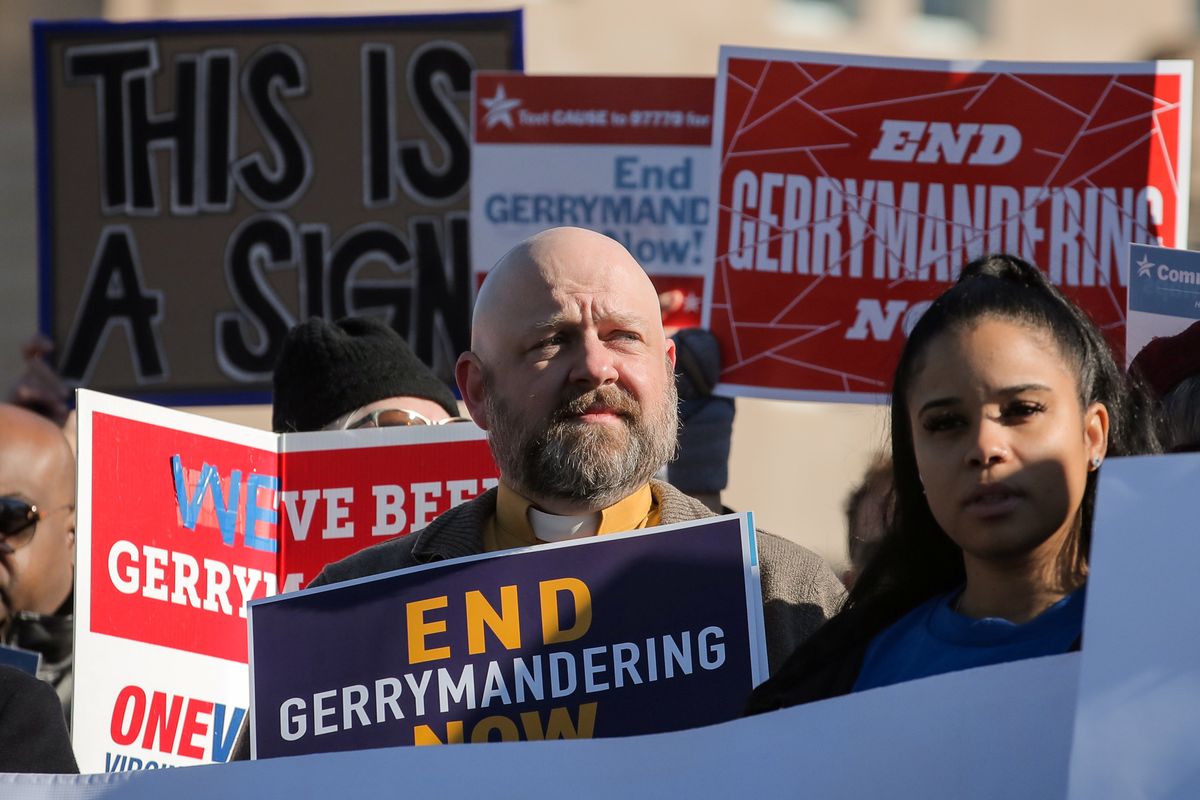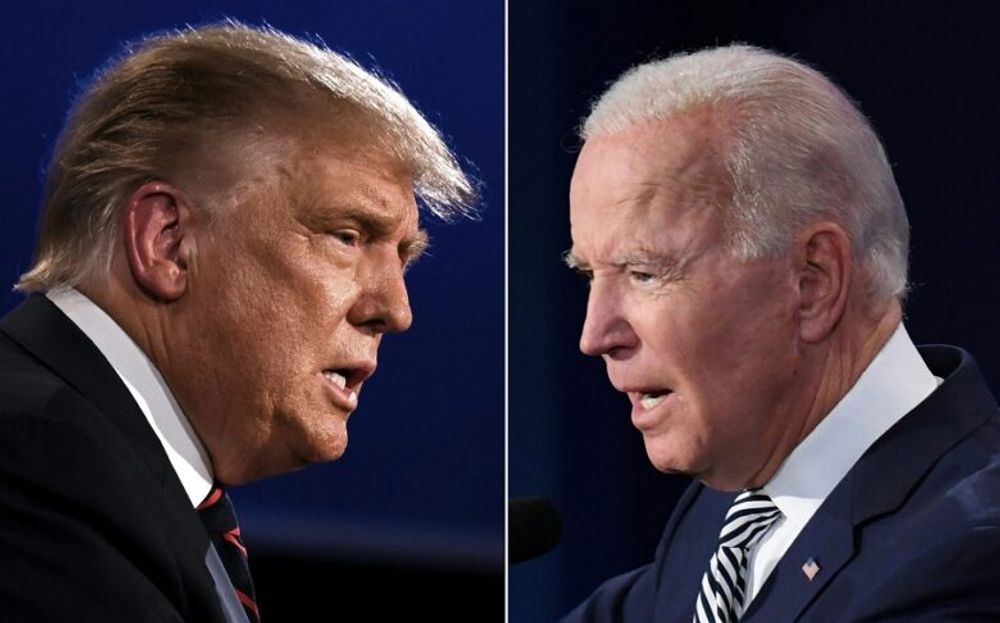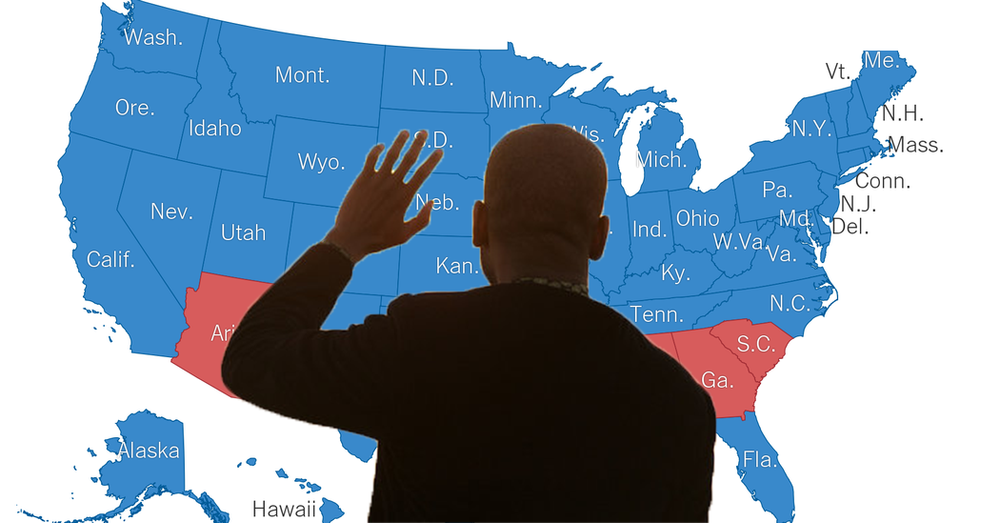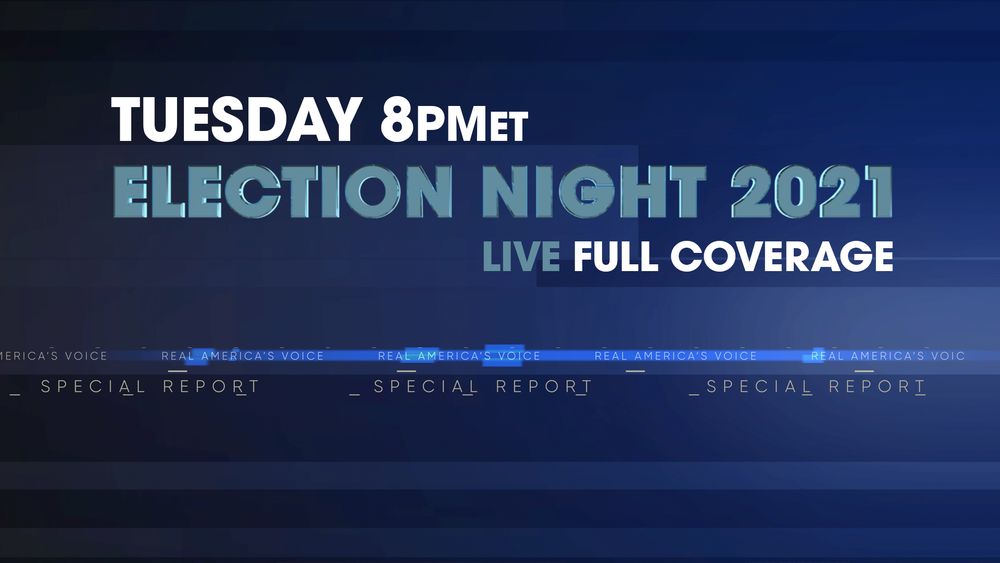
US Supreme Court Rejects Limits to Partisan Gerrymandering
The U.S. Supreme Court on Thursday rejected efforts to rein in the contentious practice of manipulating electoral district boundaries to entrench one party in power by turning away challenges to political maps in Maryland and North Carolina.
The justices, in a 5-4 decision, sided with Democratic legislators in Maryland and Republican lawmakers in North Carolina who drew electoral district boundaries, saying in a decision with nationwide implications that judges do not have the ability to curb the practice known as partisan gerrymandering.
The ruling delivered a setback to election reformers who had hoped the court would intervene over a growing trend in which parties that control state legislatures use the electoral district line-drawing process to cement their grip on power and dilute the voting power of people who support the rival party.
The high court previously had struggled to resolve the legality of partisan gerrymandering, a longstanding practice in which boundaries of legislative districts are reworked with the aim of tightening one party's grip on power.
The justices in June 2018 failed to issue definitive rulings on partisan gerrymandering in two cases – this same one from Maryland and another involving a Republican-drawn electoral map in Wisconsin.
The boundaries of legislative districts across the country are redrawn to reflect population changes contained in the census conducted by the federal government every decade, a head count mandated by the U.S. Constitution.
This redistricting in most states is carried out by the party in power, though some states in the interest of fairness assign the task to independent commissions.
Gerrymandering typically involves politicians drawing legislative districts to pack voters who tend to favor a particular party into a small number of districts to diminish their statewide voting power
while dispersing others in districts in numbers too small to be a majority.
Critics have said partisan gerrymandering, when taken to extremes, warps democracy by intentionally diluting the power of some voters and the electability candidates they support.
Gerrymandering is a practice dating back two centuries in the United States. But critics have said it is becoming more extreme with the use of precision computer modeling to guide the creation of district boundaries that maximize the clout of one party's voters at the expense of other voters.
While the Supreme Court has ruled against gerrymandering intended to harm the electoral clout of racial minorities, it has never curbed gerrymandering carried out purely for partisan advantage.
Democrats have said partisan gerrymandering by Republicans in such states as Wisconsin and Pennsylvania helped President Donald Trump's party maintain control of the U.S. House and various state legislatures for years, although Democrats seized control of the House in last November's elections and made inroads in state legislatures.
 Key Quotes From the First Democratic Presidential DebateNext PostBiden, Sanders, Harris Among 2nd Group of Democratic Hopefuls Set for Miami Debate
Key Quotes From the First Democratic Presidential DebateNext PostBiden, Sanders, Harris Among 2nd Group of Democratic Hopefuls Set for Miami Debate







